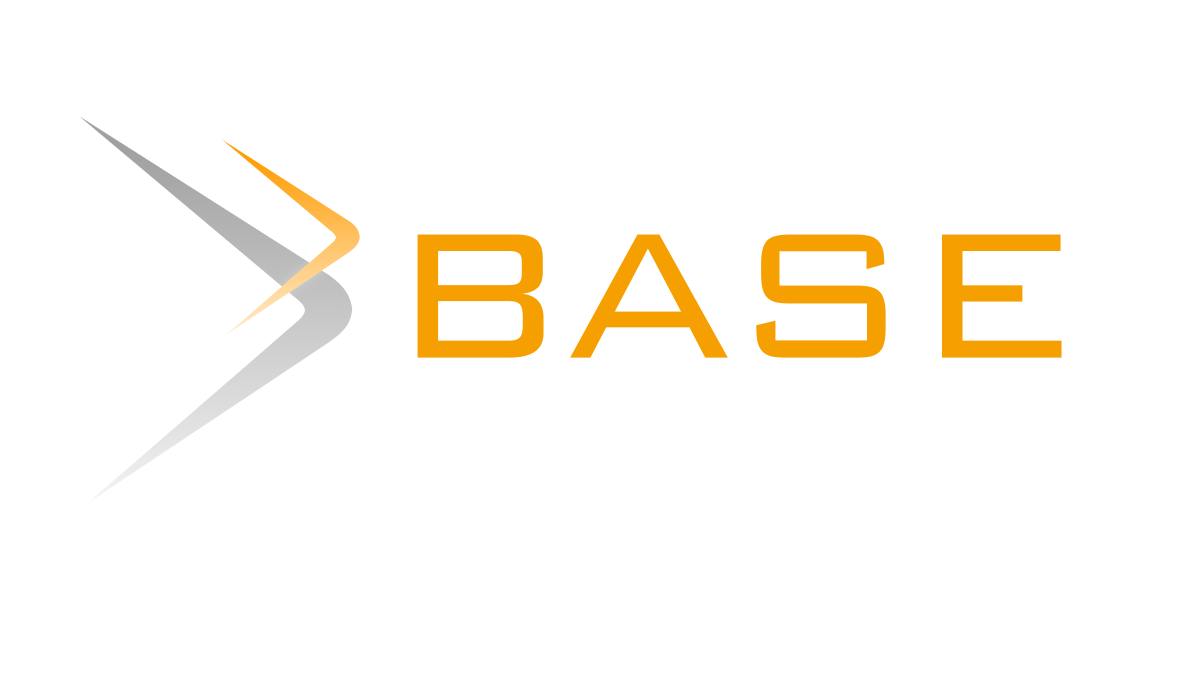Analysis of Human Factors that Influence Contractors' Risk Management Attitudes in Sumatra Island in Construction Projects
DOI:
https://doi.org/10.37253/jcep.v4i2.8575Keywords:
Contractor’s risk attitude, Risk management, Human factorAbstract
Project risk assessment serves as an effective tool for overseeing cost, and time, and achieving technical performance in construction projects. The construction industry frequently contends with various uncertainties, which can lead to potential risks such as delays, cost overruns, and compromised quality in building and road construction ventures. Consequently, adept project risk management becomes crucial in the decision-making process of construction companies, ultimately determining project success or failure. This paper aims to assess the prioritize the specific factors influencing contractors' risk attitudes in these companies. The study employed simple random sampling under probability techniques. Data collection involved a thorough review of pertinent literature and the use of a questionnaire employing a five-point Likert scale ranging from (1) very low/very disagree to (5) very high/very agree. The sample size used for analysis was 47 companies, with a particular focus on the Sumatra construction companies. This study was analyzed using Statistical Package for Social Science (SPSS) version 23.0 for Microsoft Windows and a reliability test with Cronbach's alpha. The finding of this study is primary factors influencing contractors' risk attitudes are as follows: educational background, physical health, emotional intelligence, work experience, and professional competence, The results of this research can provide decision-makers with valuable insights into strategies for effectively managing contractors' risk attitudes, thus furnishing stakeholders with the requisite knowledge to enhance risk management performance within the Sumatera construction companies.
Downloads
References
[2] L. R. Debataraja, A. Suraji, and T. Ophiyandri, “Analisis Risiko Investasi Infrastruktur Berbasis Fuzzy Analytical Hierarchy Process (F-AHP),†J. Manaj. Aset Infrastruktur Fasilitas, vol. 4, no. 2, pp. 121–132, 2020.
[3] O. Okudan, C. Budayan, and I. Dikmen, “A knowledge-based risk management tool for construction projects using case-based reasoning,†Expert Syst. Appl., vol. 173, no. February, p. 114776, 2021.
[4] L. J. Susilo and V. R. Kaho, Manajemen Risiko Berbasis ISO 31000:2018 ; Panduan untuk Risk Leaders dan Risk Practitioners. PT. Gramedia Widiasarana Indonesia: PT. Gramedia Widiasarana Indonesia, 2018.
[5] V. Thevendran and M. J. Mawdesley, “Perception of human risk factors in construction projects: An exploratory study,†Int. J. Proj. Manag., vol. 22, no. 2, pp. 131–137, 2004.
[6] D. M. Taofeeq and A. Q. Adeleke, “Factor’s Influencing Contractors Risk Attitude in the Malaysian Construction Industry,†J. Constr. Bus. Manag., vol. 3, no. 2, pp. 59–67, 2019.
[7] C. M. Wang, B. B. Xu, S. J. Zhang, and Y. Q. Chen, “Influence of personality and risk propensity on risk perception of Chinese construction project managers,†Int. J. Proj. Manag., vol. 34, no. 7, pp. 1294–1304, 2016.
[8] Z. Hu, W. T. Chan, and H. Hu, “Characterizing the Relationship Between Personality Traits and Safety Motivation among Construction Workers,†HELIYON, p. e20370, 2023.
[9] Z. Z. Shamsiev, “Organizational factors affecting the effectiveness of the educational process of training air traffic controllers,†Heliyon, vol. 8, no. 11, p. e11801, 2022.
[10] U. Turan, Y. Fidan, and C. Yıldıran, “Critical Thinking as a Qualified Decision Making Tool,†J. Hist. Cult. Art Res., vol. 8, no. 4, p. 1, 2019.
[11] B. de Raad and B. MlaÄić, “Big Five Factor Model, Theory and Structure,†Int. Encycl. Soc. Behav. Sci. Second Ed., vol. 2, pp. 559–566, 2015.
[12] I. C. Maldonado and M. D. B. Márquez, “Emotional intelligence, leadership, and work teams: A hybrid literature review,†J. Heliyon, vol. 1446, no. 89, p. 2669, 2023.
[13] K. Dziekoński, “Project Managers’ Competencies Model for Construction Industry in Poland,†Procedia Eng., vol. 182, pp. 174–181, 2017.
[14] E. Witt, C. Malalgoda, and C. Jayakody, “Responding to mass displacement - A competency framework for built environment professionals,†Int. J. Disaster Risk Reduct., vol. 93, no. February, p. 103757, 2023.
[15] M. Michalis et al., “Contractors’ compliance on occupational safety and health (OSH) policies in Malaysia’s construction industry,†J. Safety Res., vol. 81, pp. 45–54, 2022.
[16] N. Ghazali, Y. S. Khalijah, H. Mohammad, ; Siti, and K. Yaman, “Contractors’ Compliance On Occupational Safety And Health (OSH) Policies In Malaysia’s Construction Industry Malaysian Competency Management System View Project Contractors’ Compliance On Occupational Safety And Health (OSH) Policies In Malaysia’s Constru,†no. January, pp. 10–11, 2014.
[17] R. Oktavia, Irwandi, Rajibussalim, M. Mentari, and I. S. Mulia, “Assessing the validity and reliability of questionnaires on the implementation of Indonesian curriculum K-13 in STEM education Assessing the validity and reliability of questionnaires on the implementation of Indonesian curriculum K-13 in STEM education,†J. Phys., 2018.
[18] T. D. Moshood, A. Q. Adeleke, G. Nawanir, and F. Mahmud, “Ranking of human factors affecting contractors’ risk attitudes in the Malaysian construction industry,†Soc. Sci. Humanit. Open, vol. 2, no. 1, p. 100064, 2020.
[19] C. P. Malkewitz, S. Philipp, M. Christian, and H. Jochen, “Estimating reliability A comparison of Cronbach’s α McDonald’s ωt and the greatest lower bound.†2022.
[20] T. Fadilah, “The Influence of Educational Background and Work Experience on Employees Performance at PT. Three Cast Indonesia,†vol. 377, no. Icaess, pp. 187–191, 2019.
[21] A. Ibrahim, C. Nnaji, N. Mostafa, K. Amanda, and T. Ulises, “Investigating the impact of physical fatigue on construction workers’ situational awareness,†Saf. Sci., vol. 163, 2023.



_0011.jpg)









